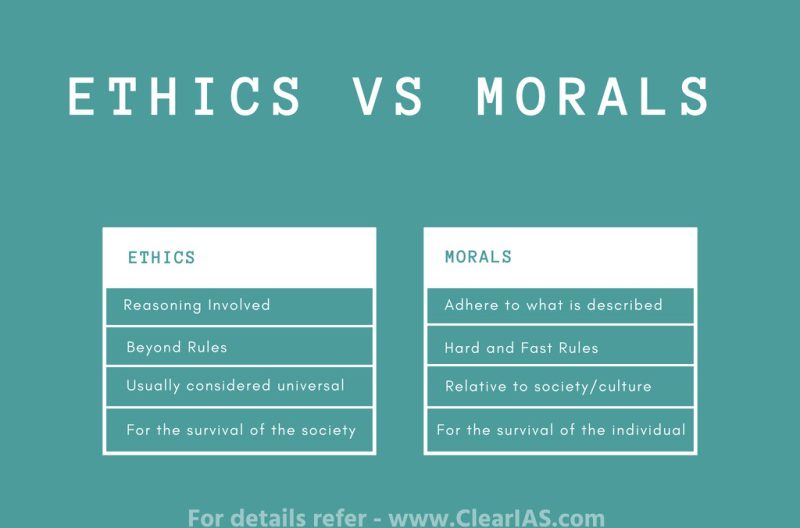
BY MULUGETA GUDETA
It goes without saying that Ethiopia is one of the ancient civilizations in the world and perhaps among the first to have established a traditional educational system based on the teaching of religious texts that the church was always eager to disseminate in its bid to ensure the continuity of the clerical order closely attached to the imperial palace.
Traditional schools popped up nearby church yards or mosques in order to teach boys and girls primarily the religious teachings of the Bible or the Quran depending on where these schools were established. These makeshift schools soon became center of religious teachings or studies that produced some of the most prominent clerics in the country.
According to available sources, “The Ethiopian traditional educational system traced back to Axumite period in 330 AD as Christianity first accepted in the region. The education was highly emphasized Christian dogma, consisted up to higher education, the monastery. Students graduated from every monastery earn ranks of priesthood and upon reaching the final stage, the Negus (king), they acquire intellectual elite, known as Debteras that was ordained as clergymen specializing in ecclesiastical and secular knowledge and considered literate people among ruling class of feudal monarchy.”
The Ethiopian educational has undergone different reforms since its inception as one of the pillars of modernization of the country under the late emperor Haile Sellassie who was keen to see all school age children go to school. Their parents were urged to and their sons and daughters and were threatened with punishment I they failed to follow official calls for education. The few ‘modern’ schools that were built during the imperial periods-(under Menelik and Haile Sellassie) catered for children of the nobility and aristocracy whose parents were earlier exposed in one way or another to modern European education and thus were eager to send their children to the new schools as standard bearers of a country that was energized by the prospects of modernity, knowledge and development. The school system that emerged in Ethiopia under the later emperor was thus geared towards producing educated cadres to promote the economic development of the country and put the nation on a par with Europeans.
The breakneck speed with which education was promoted by the government did not however give enough time for critical assimilation of European education. Side by side with traditional education, modern schools flourished all over the country, with the implicit or explicit intention to replace the former by the latter. However, the traditional schools proved tenacious and survive to these days thanks to the hard work of the clergy in producing future deacons, and preachers to the Orthodox establishment.
One of the pillars of traditional education in Ethiopia was the teaching of morality as the cornerstone of the system and “fear of God” was rightly considered the beginning and end of all knowledge. Church education was basically moral education as it bases its objectives on ecclesiastical teachings dating back to millennia. “The Ethiopian Orthodox Tewahedo Church has crucial role to disseminate traditional ancient educational system of Ethiopia to read Old and New Testaments in Ge’ez since Axumite period in 330 AD. The teaching highly emphasized Christian and Islamic dogma; Christian education at primary level often conducted by clergy in place of worship and major monasteries located northern and northwestern part of the country. Graduation from these centers leads to earn priesthood and church hierarchy.”
The traditional schools slowly gave the educational impetus to the new European-styled and European inspired modern schools. “Traditional education faded away since the start of European-styled schools opened in the early 20th century and assistance by Emperor Menelik II. It was speculated that the first modern curriculum was designated as Menelik opened his school in 1908.”
The most important contribution of traditional education to the then emerging modern schools was perhaps the introduction of moral education in the school system. Briefly stated, moral education is defined as aiming “to help children acquire those virtues or moral habits that will help them individually live good lives and at the same time become productive, contributing members of their communities.” Broadly conceived, moral education is expected to infuse good behavior and conducted in children and young people in general. “Moral education helps one to distinguish between right and wrong. It gets reflected in one’s personality. It helps in building a good personal and professional life. It helps to eliminate problems like violence, dishonesty, jealousy etc. from one’s life.” Thus, the moral education in modern Ethiopian schools was not a direct reflection of the moral teachings in traditional schools. It rather put the new precepts of morality in the context of the modern school system as an integral part of the efforts to produce all-rounded, law-abiding, and well-behaved citizens who love their country and its leaders, in both the religious and secular senses.
Under the military Derg regime, the moral teachings in traditional and modern schools were replaced with Marxist-Leninist teachings on class struggle and the so-called “proletarian morality” that had nothing to do with Ethiopian traditional values of fear of God, respect to elders and respect to the law, humility and modesty. However hard it might have tried to eradicate moral education from the old Ethiopian school system, it failed to convince both parents and students abandon their traditional values that survived in the face of naked as well as subtle attempts to destroy and replace them with alien educational philosophy.
Starting with the proposed education sector review whose implementation was overtaken by the historic events of 1974 that overthrew the monarchy and established a military regime, Ethiopia had tried to improve its educational system that was subverted or eroded by foreign ideology and values along the road of modernization. As we said above, the Derg tried to reform the educational system by subscribing to lien ideology that failed miserably.
The EPRDF regime too had taken certain half-hearted measures to reform the educational system it inherited from the previous regime. However, the educational policy goals of the 1994 education policy under the EPRDF “were to correct the acute shortage and inequitable access, inefficiency, low quality, low relevance, and undemocratic nature of Ethiopian education system. This policy was implemented for about twenty-five years and achieved mixed results.”
These were indeed lofty objectives that were not properly implemented and rather proved counter-productive as the policy was implemented under the oppressive and undemocratic political system imposed by the new regime. Ethnic federalism that was the guiding light of the new educational policy proved a major hurdle to the development of and educational system that would lead to the implementation of the above objectives. In its attempt to make up for the failure of the policy, the regime embarked on a massive program of building colleges and universities in almost every part of the country, thereby leading to a kind blind expansion in school attendance as well as the construction of new colleges and university at the cost of deterioration of quality of education, embezzlement of public funds and corruption in the process.
The 2018 educational roadmap development was meant to correct the weakest links in the 1994 educational policy of the EPRDF. However, the new initiative was aborted as it was taken over by the historic events that led to the establishment of a new reformist government. A study entitled “MORAL AND CITIZENSHIP EDUCATION” prepared by scholars from Mekelle and Bahir Dar universities says in part that “The benchmarking moral, ethical and citizenship education are part of the curriculum of the educational system to address diversity and national unity. The education system should promote these realities and be able to produce adequate and capable graduates to satisfy both the domestic and global markets.”
The attempt to introduce moral and ethical education in the Ethiopian school system was too little too late and lacked the necessary commitment for its success. As the EPRDF left the political scene the mediocre and undemocratic educational system the regime built for 27 years was left in ruins. The task of introducing a new educational program was left for the new government to deal with. It is however too early to comment on the new educational experiment that will go into operation this Ethiopian year.
One of the pillars of the reformed system is believed to be the introduction or re-introduction of moral and ethical education in the new school system starting from elementary levels. It is sometimes necessary to go back to the past in order to build a better future. This is in a way what it means to go back to the roots and salvage what is good for the country’s human development
THE ETHIOPIAN HERALD FRIDAY 23 SEPTEMBER 2022




